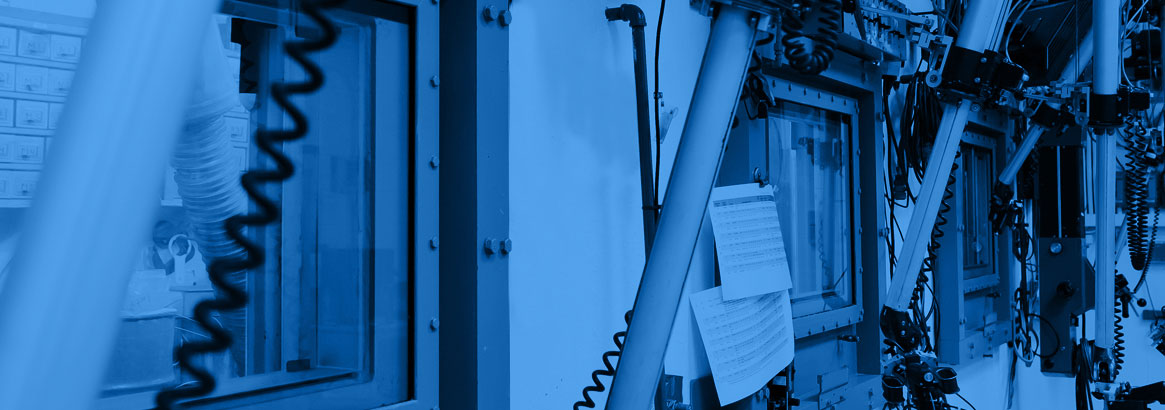Westinghouse’s Legacy of Innovation Continues at its Churchill Laboratories and Hot Cell Facility
Westinghouse's legacy of innovation has been thriving for more than 40 years at the Hot Cell Facility at its newly renovated Churchill Laboratories in Churchill, Pa. (USA).

Innovation at Churchill Labs isn’t just about hot cells; Westinghouse is evaluating different chemical solutions for their effectiveness in removing steam generator deposits during wet layup routine in outages. The newly renovated chemistry laboratory at Churchill is leading the research on the chemical additive that will accomplish the deposit removal.
With an extensive history of handling and evaluating both activated and contaminated materials, at the heart of the Westinghouse Churchill Laboratories is its Hot Cell Facility, which offers a unique combination of experienced personnel and wide-ranging testing capabilities. In fact, it’s one of only three commercially available hot cell sites in the United States, and the only one that caters to reactor vessel materials.
What’s a hot cell?
Hot cells are specially shielded enclosures constructed with 32-inch thick concrete walls and 28-inch thick leaded glass windows, and containing mechanically-controlled manipulator arms to allow for remote handling of the materials being evaluated in the cell. The “hot” in “hot cell” refers to radioactivity – the activation or contamination (or sometimes both) of the materials. The work stations allow operators to be protected from radiation exposure while performing various tasks, including mechanical testing, metallographic examination and other diagnostic tests, to better understand radiation and high-temperature effects on service life.
Hot cells are heating up at Churchill Labs
Work at the Hot Cell Facility is focused on radioactive materials, primarily metallic components that become activated or contaminated over the course their service life at nuclear power plants. While in service, the materials are exposed to extreme conditions, including both radiation and elevated temperature, which may be detrimental to their strength and other mechanical properties. The Churchill team works to understand this degradation and make improvements for the next generation of nuclear grade materials.
In addition, the facility boasts high-level and low-level hot cells for materials testing. Sound impressive? It is. The facility is bustling; having both high and low-level cells allows Westinghouse to do a variety of tests for our customers in a short amount of time.
More than 85 engineers, scientists and other technical employees are based at Churchill Laboratories, including technician Melissa Walter. Learn more by watching this video as Melissa talks about her role and how she’s helping Westinghouse turn great ideas into great technology. That’s the art of innovation.



